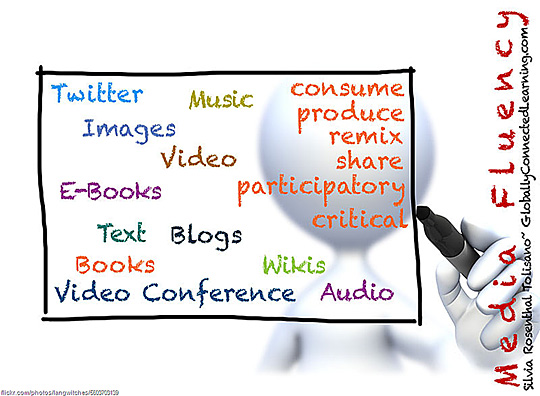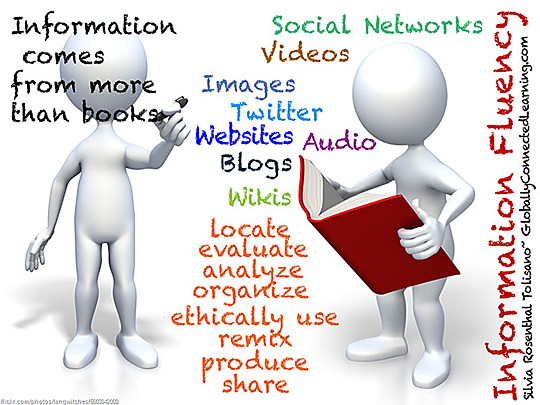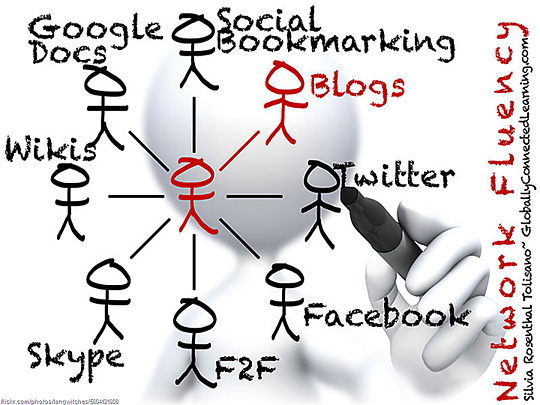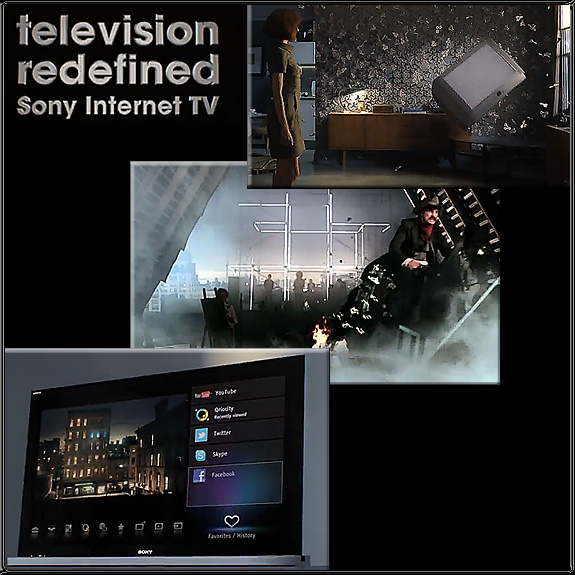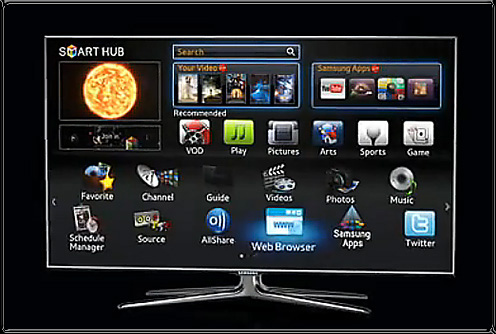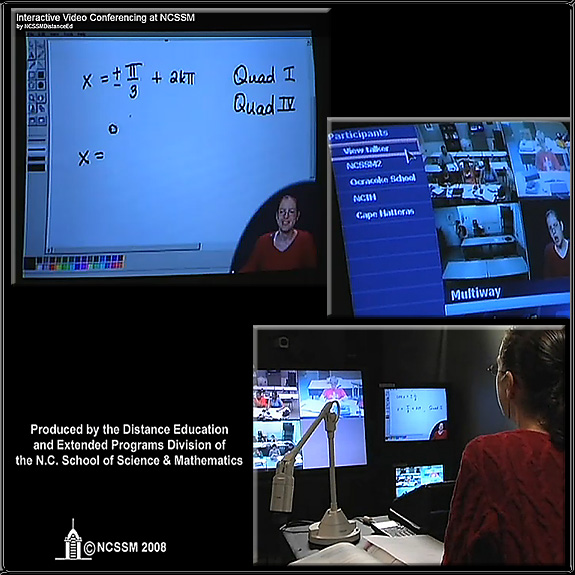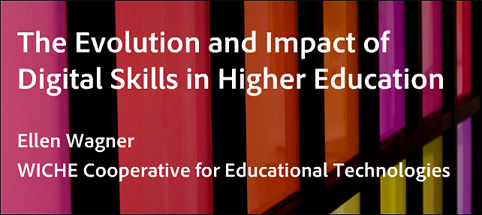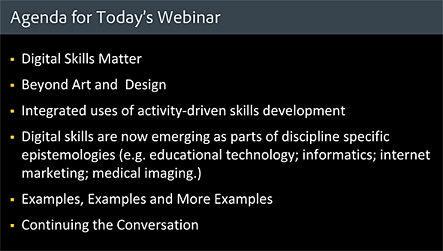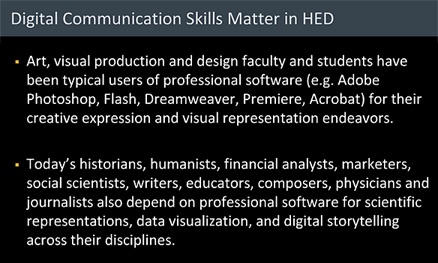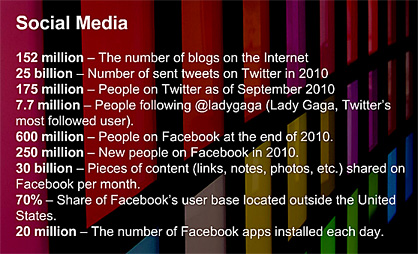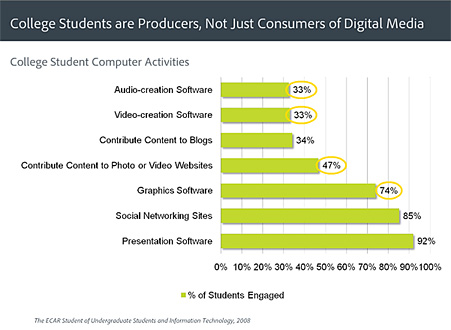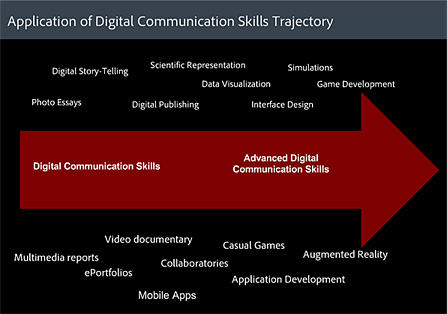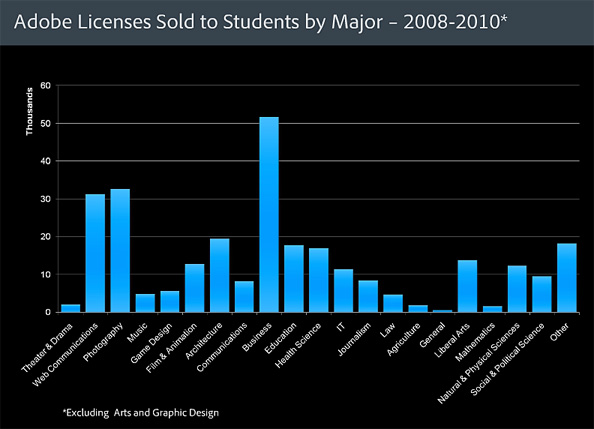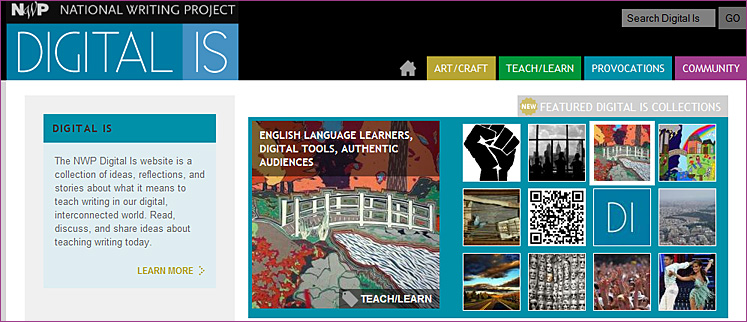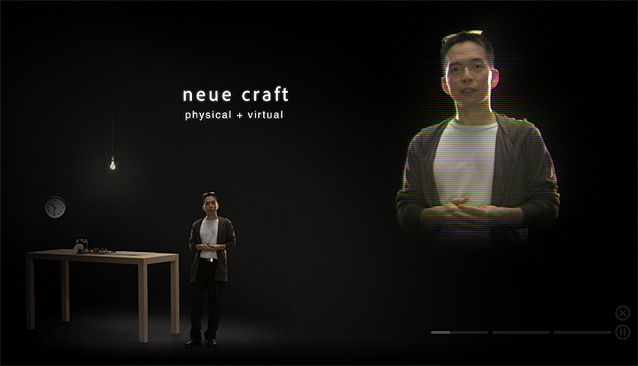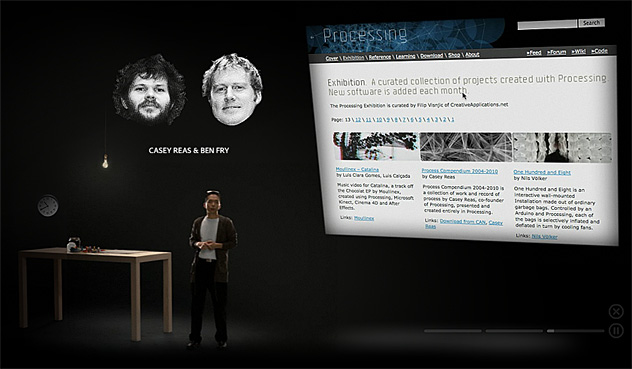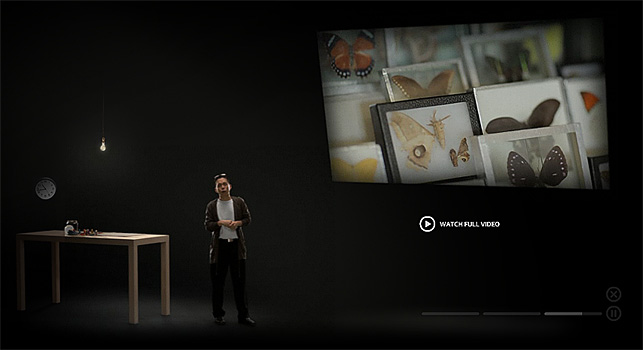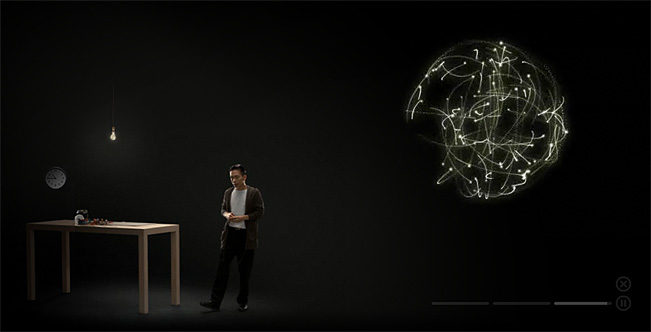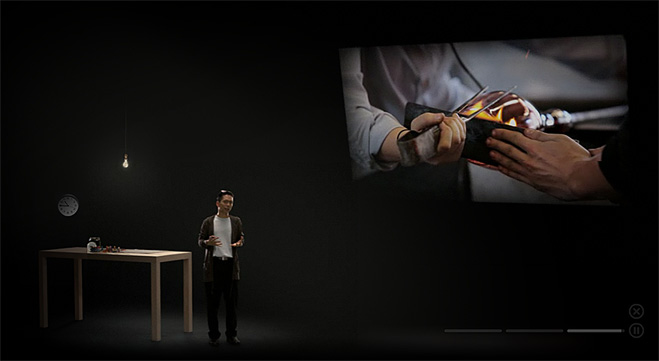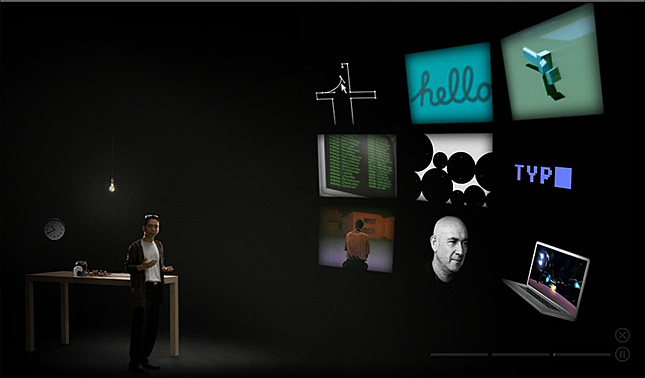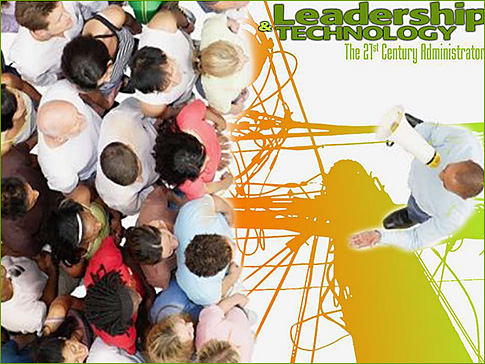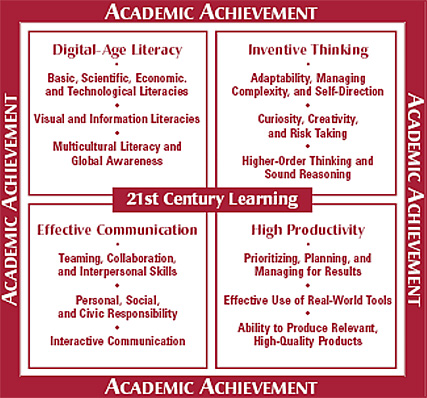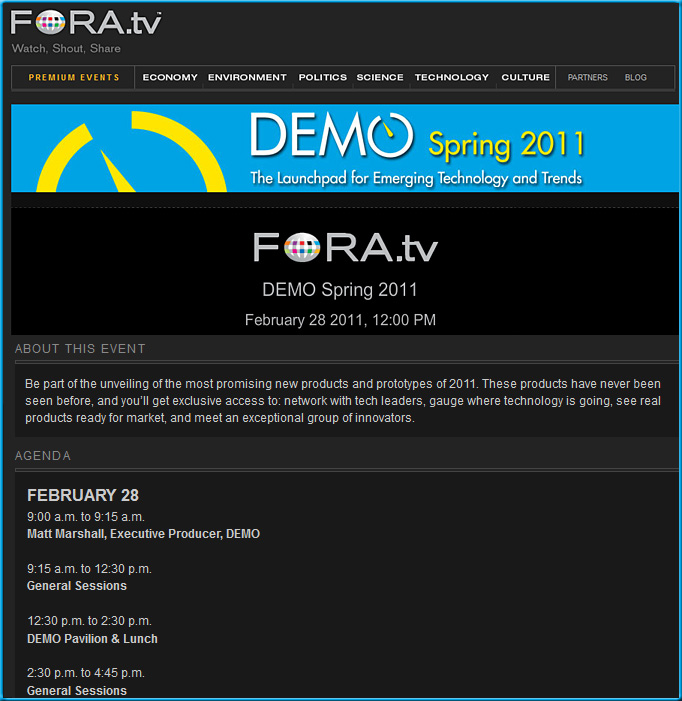In science and math classes across the country, digital tools are being used to conduct experiments, analyze data, and run 3-D simulations to explain complex concepts. Language arts teachers are now pushing the definition of literacy to include the ability to express ideas through media. This report, “Multimedia Transformation,” examines the many ways multimedia tools are transforming teaching and learning as schools work to raise achievement and prepare students for careers that require increasingly sophisticated uses of technology.
EDUCAUSE Review
Volume 46, Number 2 | March/April 2011
Getting a Handle on Mobile: Perspectives
Features
Mobile Literacy
Why Mobile?
Mobile Matters: Communication Trumps Technology
About NWP Digital Is
The NWP Digital Is website is a teaching-focused knowledge base exploring the art and craft of writing, the teaching and learning of writing, along with ideas that provoke us to think in new ways about education and culture in the digital age.
Learn more about the NWP Digital Is website and how to participate.
About the National Writing Project
The National Writing Project (NWP) is a nationwide network of educators working together to improve the teaching of writing in the nation’s schools and in other settings. NWP provides high-quality professional development programs to teachers in a variety of disciplines and at all levels, from early childhood through university. Through its network of more than two hundred university-based sites located in all fifty states, the District of Columbia, Puerto Rico, and the U.S. Virgin Islands, NWP develops the leadership, programs, and research needed for teachers to help students become successful writers and learners.
Support for the National Writing Project is provided by the U.S. Department of Education, foundations, corporations, universities, and K–12 schools.
Learn More About the National Writing Project
- Digital Is: Interdisciplinary Writing Resources — from The Chronicle by Prof. Hacker
Also see:
Adobe Museum of Digital Media, A lecture by John Maeda
From DSC:
If online courses could feature content done this well…wow! Incredibly well done. Engaging. Professsional. Cross-disciplinary. Multimedia-based. Creative. Innovative. Features a real craftsman at his work. The Forthcoming Walmart of Education will feature content at this level…blowing away most of the competition.
This is also true for materials like the item below!
Adobe Museum of Digital Media announces new exhibition: John Maeda: Atoms + Bits = the neue Craft (ABC) — from finance.yahoo.com
.
.
SAN JOSE, Calif.–(BUSINESS WIRE)– The Adobe Museum of Digital Media (www.adobemuseum.com) is pleased to announce its second exhibition, John Maeda: Atoms + Bits = the neue Craft (ABC), on view March 23 to Dec. 31, 2011. The exhibition is a digital representation of Maeda, president of the Rhode Island School of Design (RISD), leading an interactive lecture on how artists are connecting the worlds of digital creativity and analog (or handcrafted) creativity. Titled Atoms + Bits = the neue Craft (ABC), the lecture underscores the mission of the AMDM to provide an interactive venue for presenting digital media works as well as providing a forum for expert commentary on how digital media influences culture and society.
According to Maeda, “Computers let us imagine digitally what we once could only validate by handcraft in physical form – the infinite malleability and reusability of bits have forever changed the creative process. But just as it took Icarus to first imagine human flight by carefully observing how birds can fly, digital tools have relied on many of the original tools and media used by artists in the pre-digital world.” Maeda sees the thread that runs between the tools of physical art making – such as pens, brushes and pigment – and the way new media has co-opted many of the same tools to manipulate bits in digital art. Through the exhibition, he examines the history of linking analog and digital creativity within his own work and the works of others.
Analysis includes a fuller spectrum of artistic genres and participation via electronic media and personal arts creation for a clearer, more accurate picture of arts engagement
Arts education is the leading factor in arts participation, according to report
NOTE: STEM is not mentioned here.











